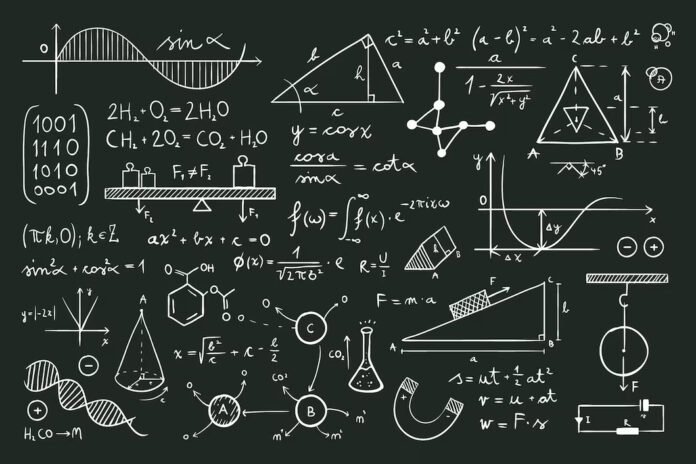Introduction
The unit of inductance is Henry (H in abbreviation). It is named after Joseph Henry. He was an American physicist. It is of two types. One is self-inductance and the other is mutual inductance.
Inductance is a property of a conductor. It is most often in the shape of a coil. The ability of inductance is of a current-carrying inductor or conductor. Thus it assists to store the energy in the form of a magnetic field. Inductance properties have been found in most electrical coils.
Thus, the property in which there is a change in the flux or electric current that induces EMF in a coil is called inductance.
What is a Henry (H)?
Henry (H) is the unit of inductance. It is either self-inductance or mutual inductance. It is named after Joseph Henry, an American physicist.
If the two coils are arranged in such a way that an electromotive force of one of the volts is persuaded or induced in one case when the current is changing at the rate of 1 ampere/second would be the value of one henry.
In case when the self-inductance in a closed coil or circuit is produced by a difference of the inducing current of 1 ampere/second would also be the value of 1 henry.
What are Inductance and Inductor?
Inductance refers to the tendency of an electric conductor to reject or resist a change in the electric current that passes through it. The flow of the electric current creates a magnetic field around the conductor. According to Faraday’s law of induction, if there is a change in the magnetic field through a circuit. It generates EMF (electromotive force) (voltage) in the conductors. That is why the process is known as electromagnetic induction.
The voltage that is induced in a conductor to that of the rate that changes the current affecting the voltage induces is the ratio of inductance. Inductance is dependent on the geometry of a circuit. It is referred usually to as the ability of a conductor that can store or retain energy in the form of a magnetic field. It is used in different varieties of electronic systems and electrical, as well as circuits.
The formula of inductance according to the equation of Henry is L = μN2A/l. In the given formula, L stands for inductance (or H); μ stands for permeability (Wb/A.m); N refers to the entire number of turns in the coil; A refers to the coil’s surrounding area and I stand for the coil’s length (m). The unit of inductance is therefore equal to volt-second per Am.
A passive device that can hold and store energy in the form of a magnetic field is called an inductor. When the number of turns increases, the inductance of the coil also rises. This is because inductance is directly proportional to the number of turns in the circuit. Henry (H) is used to measure it.
The formula used to calculate the inductance of an inductor is; L= Nxϕ/i. In this formula, L stands for inductance, N stands for the number of turns in the coil, is magnetic flux and i refers to the intensity of the current.
Types of Inductance
We can utilise inductance in the following two ways:
- Self-Inductance- The inductance that only occurs in one or single coil and the inductance applied to one circuit is referred to as self-inductance. It is a property of a circuit or, commonly, a coil.
In this phenomenon, a change or alteration in current induces a change in that circuit within voltage because of the magnetic influence of the flowing current.
Following Faraday’s Law of induction, a voltage is induced in the circuit when a change there is a change in one circuit that can create a change in magnetic flux in the other circuit. Irrespective of the increase or decrease in current in the circuit, change in current will always be opposed by the induced current.
- Mutual Induction- This kind of current is used in transformers in which when there is a change in one circuit creates or produces a change in the voltage across another circuit because of the magnetic field that connects two circuits. It is an inductive effect where the current flows in one coil and induces a voltage in a close or nearby coil.
Recommended Articles:
Light with multiple measuring units
Magnetic Flux and its measuring units
Unit of Moment of Inertia
Watt-Unit of Power
Unit of Radioactivity and its Advantages and Disadvantages
Henry (or H) is the unit of inductance, either self-inductance or mutual inductance. It is named after Joseph Henry, an American physicist. The value of 1 henry is equivalent to the value of self-inductance in a closed coil or circuit within which one volt is produced due to the variation of the inducing current of 1 ampere/second. Tesla (T) is the SI unit of magnetic induction or Flux density. It can also be represented as Weber/m2. “L” is the symbol by which inductance is denoted because the SI unit of inductance as we know, is henry and it is equal to weber per ampere as when we are measuring magnetic circuits. We can utilise inductance with the help of two ways: self-inductance and mutual inductance. Henry(H) is the SI unit of inductance for either of them. The unit of 1 henry (H) is equal to kg m2 s-2 A-2. Unit of Inductance FAQs
Henry (H) is the SI unit of inductance, why?
What is the SI unit of magnetic induction?
Write the symbol of inductance.
Name two types of inductance.
What is the unit of 1 henry in the unit of inductance?
